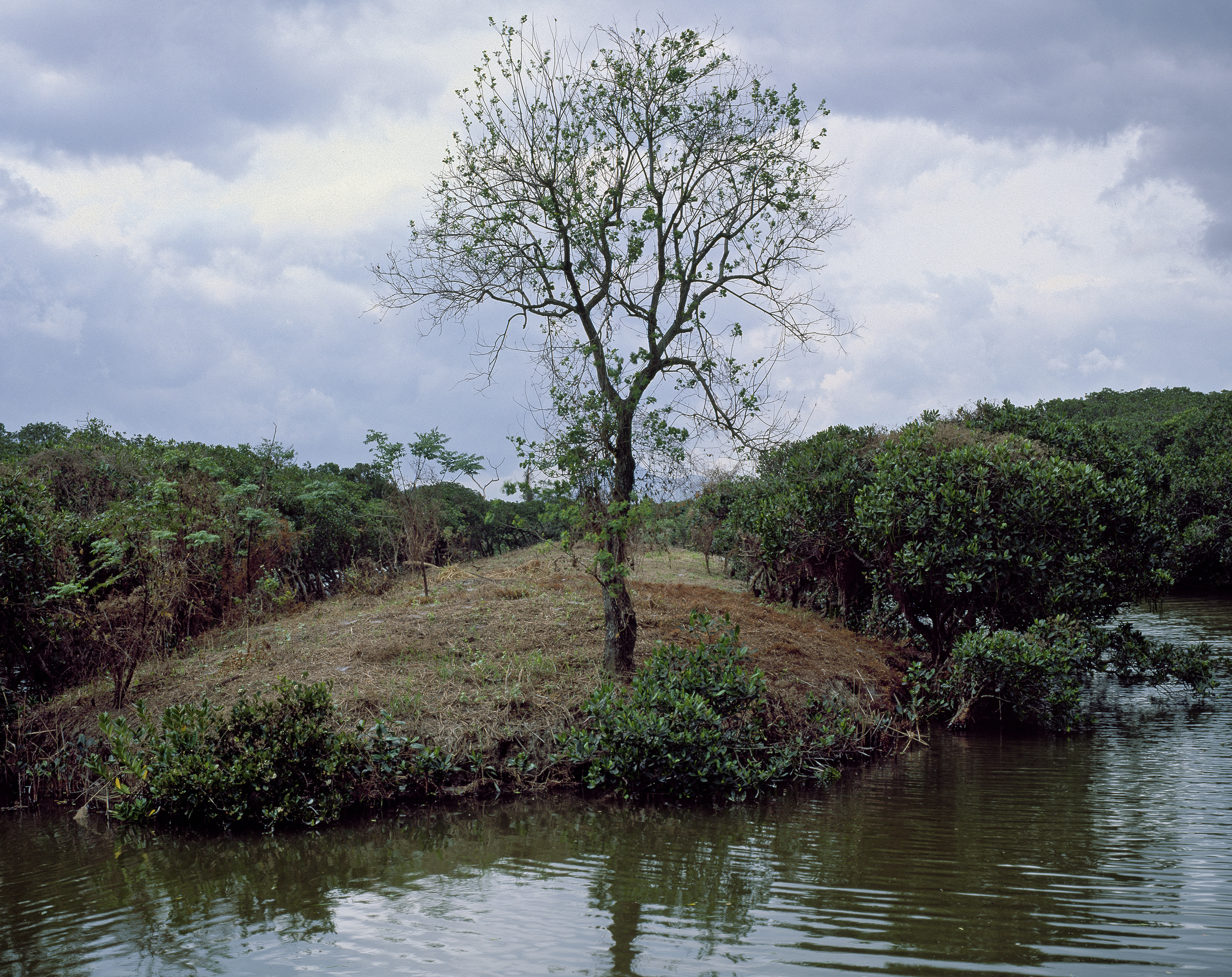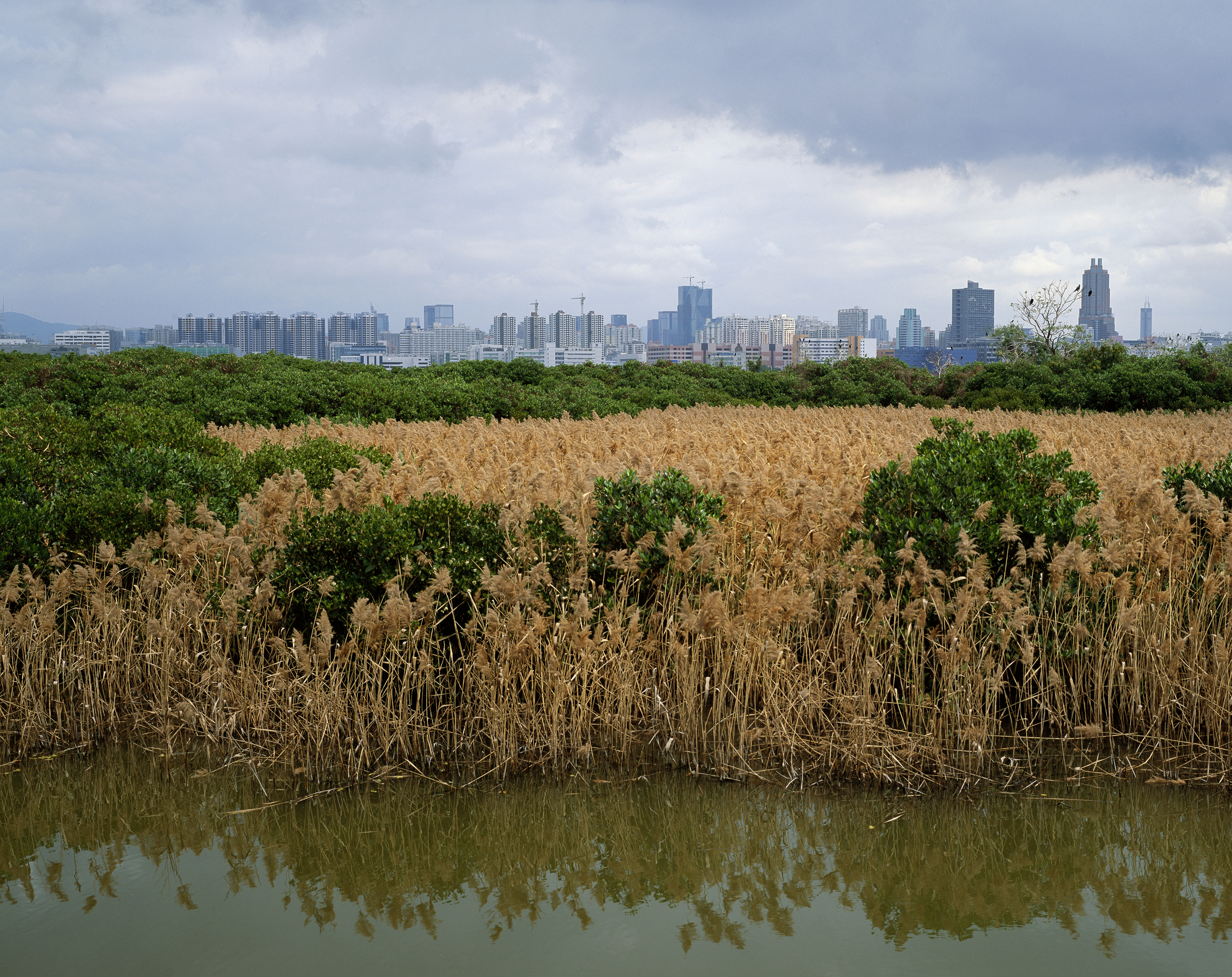The marsh scape project
Mai Po Nature Reserve, Hong Kong
Although Hong Kong is one the world’s densest cities, it is also the locale of one of Asia’s great wetland complexes, the Mai Po Nature Reserve. The 380-hectare reserve, managed by World Wildlife Fund, is a part of Deep Bay, an internationally significant estuary that divides Hong Kong from Shenzhen, China.
READ MORE/LESS
Mai Po is famous for its mangroves, plants that thrive in coastal inter-tidal areas. There isn’t a more important carbon storage habitat. Mangroves remove CO2 from the atmosphere at double the rate of conventional forests and store the carbon permanently in their soils. In addition, Mai Po is a stopover point for 60,000 migratory birds that forage on the mud flats at low tide.
Walking through a Mai Po mangrove, as I did on multiple visits during 2010, brings on claustrophobia and camera fog. Walloped by the humidity, stench, and mud of the place, I don’t know if I could have felt closer to the earth. Sadly, Mai Po is under many threats. Rapid urbanization in Shenzhen is building up silt, raising mudflats, and reducing the migratory birds’ food supply. Meanwhile, sea level rise threatens to submerge Mai Po—not to mention coastal mangroves worldwide—in the not too distant future.




















